Home>Home Appliances>Bathroom Appliances>How To Use A Manual Weight Scale
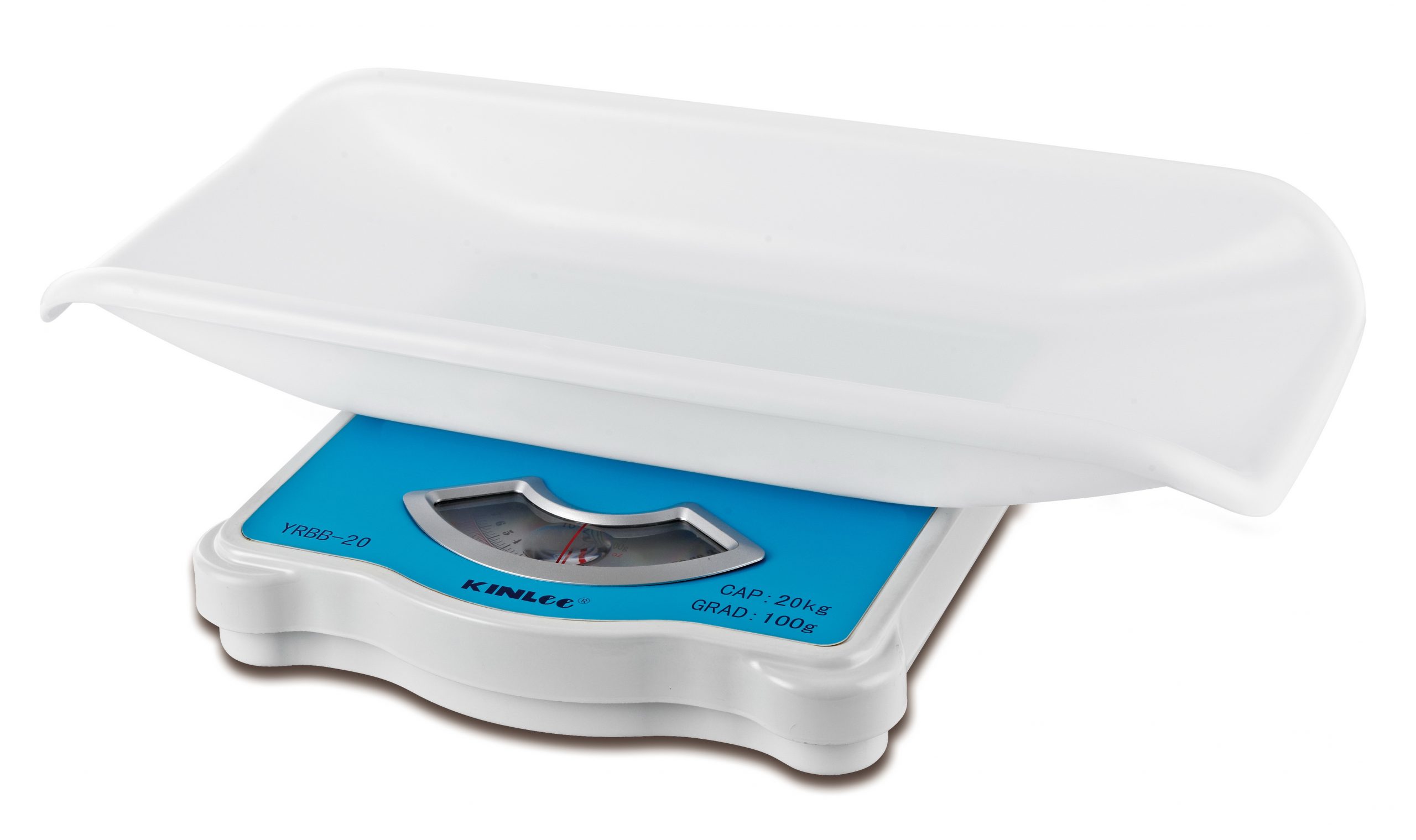

Bathroom Appliances
How To Use A Manual Weight Scale
Modified: May 6, 2024
Learn how to properly use a manual weight scale for accurate measurements at home. Get tips and techniques for using bathroom appliances effectively.
(Many of the links in this article redirect to a specific reviewed product. Your purchase of these products through affiliate links helps to generate commission for Storables.com, at no extra cost. Learn more)
Introduction
Using a manual weight scale is a simple yet effective way to monitor your body weight. Whether you are on a fitness journey, aiming to maintain a healthy weight, or simply keeping track of your physical well-being, a manual weight scale can provide valuable insights. Unlike digital scales, manual weight scales do not require batteries or electrical power, making them reliable and convenient for use anywhere. In this comprehensive guide, you will learn the step-by-step process of using a manual weight scale accurately. By following these instructions, you can ensure that you obtain precise weight measurements and effectively track your progress over time.
A manual weight scale typically consists of a platform for standing and a dial or display that indicates the weight. It operates on a simple mechanism that translates the pressure exerted by the user's body into a weight measurement. Understanding how to use a manual weight scale correctly is essential for obtaining accurate readings. By following the steps outlined in this guide, you will be able to make the most of your manual weight scale and gain valuable insights into your body weight.
Whether you are a fitness enthusiast, an individual embarking on a weight management journey, or someone who values keeping track of their physical health, using a manual weight scale can be an empowering and informative experience. With the guidance provided in this article, you will gain the knowledge and confidence to utilize a manual weight scale effectively, enabling you to monitor your weight with precision and consistency. Let's delve into the step-by-step process of using a manual weight scale to ensure that you can obtain accurate and reliable weight measurements.
Key Takeaways:
- Step 1: Place the scale on a flat surface
To get accurate weight measurements, always put the scale on a flat surface. This helps avoid errors and ensures a stable platform for weighing. - Step 2: Stand on the scale
When using the scale, stand still and centered to get the most accurate weight reading. Avoid moving or leaning to ensure precise measurements.
Read more: How To Use A Balance Scale For Weight
Step 1: Place the scale on a flat surface
Before using a manual weight scale, it is crucial to ensure that the scale is positioned on a flat and level surface. This foundational step sets the stage for obtaining accurate weight measurements. Placing the scale on an uneven or sloping surface can lead to erroneous readings, potentially impacting the reliability of the weight measurement.
Start by identifying a suitable location for the scale. Ideally, choose an area with a level floor, such as a tiled or hardwood surface. Avoid placing the scale on carpeted or uneven flooring, as these can introduce inconsistencies in the weight readings. Additionally, ensure that the chosen location provides ample space for you to stand comfortably on the scale without any obstructions.
Once you have identified the appropriate location, gently place the scale on the flat surface, ensuring that all four corners of the scale make full contact with the ground. Take a moment to confirm that the scale is stable and does not wobble when pressure is applied to different areas. Stability is key to obtaining precise weight measurements, as any instability in the scale's positioning can lead to fluctuations in the readings.
If necessary, make minor adjustments to the scale's placement to ensure that it rests evenly on the surface. You can use a small level tool to check the balance of the scale and make any fine-tuned adjustments as needed. By taking the time to position the scale on a flat surface with precision, you are laying the groundwork for accurate weight measurements in the subsequent steps.
By adhering to this crucial first step, you are setting the stage for obtaining reliable and consistent weight readings. Placing the scale on a flat surface not only ensures the accuracy of the measurements but also contributes to the overall user experience, providing a stable and reliable platform for monitoring your body weight effectively. With the scale securely positioned on a level surface, you are now ready to proceed to the next step in using a manual weight scale with confidence and precision.
Step 2: Adjust the scale to zero
Once the manual weight scale is positioned on a flat and stable surface, the next crucial step is to adjust the scale to zero before stepping onto it. This process, known as zeroing or taring the scale, ensures that any additional weight, such as the weight of the scale itself or a container placed on it, is not factored into the final weight measurement. By zeroing the scale, you are essentially calibrating it to account for its own weight, thereby enabling accurate readings of the weight placed on it.
To begin the zeroing process, locate the adjustment dial or knob on the scale. This dial is typically situated near the display or at the base of the scale and is used to reset the scale to zero. Depending on the specific design of the scale, the zero adjustment mechanism may vary, but the fundamental principle remains consistent across manual weight scales.
With the adjustment dial in sight, ensure that the scale's display reads zero before proceeding. If the display does not indicate zero, gently rotate the adjustment dial in small increments until the needle or digital display aligns with the zero mark. It is important to make gradual adjustments to avoid overshooting the zero point, as precision is key to obtaining accurate weight measurements.
As you fine-tune the scale to zero, it is advisable to periodically check the alignment of the display to ensure that it remains at zero. This iterative approach allows for precise calibration, minimizing the margin of error in subsequent weight readings. Additionally, some manual weight scales feature a knob that can be pressed to reset the scale to zero, streamlining the zeroing process and enhancing user convenience.
Once the scale is accurately adjusted to zero, it is ready to register the weight of the user without any additional offset. This meticulous calibration process lays the foundation for obtaining precise weight measurements, setting the stage for an accurate assessment of the user's body weight. By taking the time to zero the scale with care and attention to detail, you are ensuring that the subsequent weight reading reflects only the weight applied to the scale, free from any extraneous factors.
By diligently following the zeroing process, you are maximizing the accuracy and reliability of the manual weight scale, empowering you to track your weight with confidence and precision. With the scale effectively calibrated to zero, you are now prepared to proceed to the next step, where you will engage with the scale directly to obtain your weight measurement.
Step 3: Stand on the scale
With the manual weight scale properly positioned on a flat surface and calibrated to zero, the next step involves stepping onto the scale to obtain an accurate weight measurement. As you approach the scale, it is important to center your weight evenly and stand as still as possible to ensure a precise reading.
Position yourself at the center of the scale's platform, distributing your weight evenly across both feet. This balanced stance minimizes any potential variations in the weight measurement, allowing the scale to accurately capture your body weight. It is advisable to stand upright with your feet slightly apart, maintaining a natural and relaxed posture.
As you stand on the scale, ensure that your body weight is evenly distributed without leaning excessively in any direction. Any uneven distribution of weight can impact the accuracy of the measurement, potentially leading to fluctuations in the displayed weight. By maintaining a stable and centered stance, you are optimizing the conditions for the scale to provide a reliable and consistent weight reading.
During this process, it is important to remain as still as possible to prevent unnecessary movement that could affect the measurement. Avoid shifting your weight or making sudden movements while standing on the scale, as these actions can introduce variability into the weight reading. By maintaining a steady and composed posture, you are facilitating the scale's ability to capture an accurate representation of your body weight.
As you stand on the scale, take a moment to focus on maintaining a steady and balanced stance, allowing the scale to register your weight with precision. The scale's mechanism responds to the pressure exerted by your body, translating it into a weight measurement that reflects your current physical mass. By adhering to a centered and stable posture, you are optimizing the scale's ability to provide an accurate and reliable reading of your body weight.
By following these guidelines and standing on the scale with attentiveness and poise, you are positioning yourself to obtain a precise weight measurement. With the scale capturing the pressure exerted by your body, you are now ready to proceed to the next step, where you will interpret and record the displayed weight with confidence and clarity.
Make sure the scale is on a flat, hard surface. Step on the scale and wait for the dial to stop moving. Read the weight at eye level for an accurate measurement.
Step 4: Read the weight measurement
After standing still on the manual weight scale, the next crucial step is to read and interpret the displayed weight measurement. The scale's dial or digital display will indicate your body weight based on the pressure exerted while standing on the platform. It is essential to approach this step with attentiveness and clarity to accurately capture the weight reading.
When observing the scale's display, focus on the position of the indicator or the digital numerical value. In the case of a dial display, the needle will point to a specific number on the scale, representing your body weight. Take note of the precise value indicated by the position of the needle, ensuring that you capture the reading with precision.
For digital displays, the weight measurement will be presented numerically, typically in pounds or kilograms. The displayed value represents the weight registered by the scale and should be noted accurately for tracking and record-keeping purposes.
As you interpret the weight measurement, it is important to consider any additional indicators or features on the scale. Some manual weight scales may include markers for indicating weight ranges or specific metrics related to body mass. Take note of any supplementary information provided by the scale, as it can offer valuable insights into your weight measurement.
In the process of reading the weight measurement, it is advisable to take a moment to ensure that the scale's display remains stable and consistent. Confirm that the displayed weight aligns with a steady reading, free from fluctuations or erratic movements. This attention to detail ensures that you capture an accurate and reliable weight measurement from the scale.
Once you have observed and recorded the weight measurement, take a moment to internalize the significance of the reading. Whether you are tracking your weight for fitness goals, health monitoring, or personal awareness, the displayed measurement holds valuable information about your physical well-being. Embrace the opportunity to engage with this data, recognizing its role in your journey towards holistic health and well-being.
By approaching the process of reading the weight measurement with attentiveness and mindfulness, you are empowering yourself to derive meaningful insights from the scale's reading. The weight measurement serves as a tangible representation of your body's mass at a specific moment, offering valuable information for your ongoing health and wellness endeavors.
With the weight measurement accurately interpreted and acknowledged, you are now prepared to proceed to the next step, where you will record the obtained weight with diligence and purpose.
Read more: How To Use A Swing Weight Scale
Step 5: Record the weight
After obtaining the weight measurement from the manual scale, it is essential to diligently record this information for future reference and tracking. Recording your weight serves as a pivotal step in maintaining a comprehensive record of your body weight over time, enabling you to monitor changes, progress, and trends related to your physical well-being.
When recording the weight measurement, it is advisable to use a designated journal, digital tracking app, or any preferred method of documentation. By promptly noting down the obtained weight, you establish a tangible record that captures a specific moment in your weight management journey. This record becomes a valuable reference point for evaluating your progress and making informed decisions regarding your health and fitness goals.
In addition to documenting the numerical value of the weight measurement, consider including relevant details such as the date and time of the measurement. This contextual information provides valuable context, allowing you to track patterns and fluctuations in your body weight over different periods. By incorporating timestamps into your weight records, you gain a comprehensive view of your weight dynamics, empowering you to identify trends and make informed adjustments to your health and fitness strategies.
Furthermore, consider annotating any relevant factors that may have influenced the weight measurement. For instance, if you recently engaged in physical exercise, consumed a large meal, or experienced fluctuations in hydration levels, noting these details alongside the weight measurement can offer insights into the factors contributing to variations in your body weight. This holistic approach to recording your weight fosters a deeper understanding of the dynamics influencing your weight fluctuations, enabling you to make informed decisions regarding your health and wellness practices.
As you diligently record the weight measurement and associated details, recognize the significance of this documentation in your ongoing journey towards holistic well-being. Your weight records serve as a testament to your commitment to self-care and health awareness, providing a tangible representation of your dedication to monitoring and optimizing your physical wellness.
By embracing the practice of recording your weight with diligence and purpose, you are actively engaging in the process of self-awareness and proactive health management. Your weight records become a valuable resource, offering insights, accountability, and motivation as you navigate your individual path towards holistic health and well-being.
With the weight measurement accurately recorded and contextualized, you have taken a proactive step towards maintaining a comprehensive and insightful record of your body weight. This diligent approach to recording your weight measurement sets the stage for informed decision-making and ongoing progress tracking, empowering you to navigate your health and wellness journey with clarity and purpose.
Step 6: Reset the scale for the next use
After obtaining and recording your weight measurement, it is essential to reset the manual weight scale in preparation for its next use. Resetting the scale ensures that it is primed to deliver accurate and reliable weight measurements for subsequent users or future assessments. This step is integral to maintaining the scale's functionality and optimizing its performance over time.
To reset the scale, begin by carefully stepping off the platform to relieve it of any weight. This action allows the scale to return to its resting state, free from the pressure exerted by the user's body. Once the platform is clear, take a moment to confirm that the scale's display or dial returns to the zero position. This visual cue indicates that the scale has been reset to its baseline state, ready to register the weight of the next user accurately.
In some manual weight scales, a reset mechanism may be incorporated to streamline this process. This feature allows users to reset the scale to zero without the need for manual adjustments, enhancing user convenience and operational efficiency. If your scale includes a reset function, familiarize yourself with its operation to leverage this feature effectively.
After ensuring that the scale has returned to zero, take a moment to inspect the platform for any debris or foreign objects that may have accumulated during use. Clearing the platform of any obstructions or contaminants contributes to the scale's accuracy and longevity, preserving its functionality for future measurements.
Once the scale is reset and the platform is clear, consider storing the scale in a suitable location that protects it from potential damage or interference. Whether it is a designated storage area or a specific spot in your living space, safeguarding the scale when not in use contributes to its longevity and ensures that it remains in optimal condition for future measurements.
By diligently resetting the scale and attending to its maintenance, you are actively contributing to the scale's reliability and longevity. This proactive approach to scale care and maintenance sets the stage for consistent and accurate weight measurements, fostering a dependable tool for monitoring and tracking body weight over time.
With the scale reset and prepared for future use, you have completed the essential steps for utilizing a manual weight scale effectively. By adhering to these guidelines and best practices, you are equipped to engage with the scale confidently and derive valuable insights into your body weight, contributing to your ongoing health and wellness journey.
Conclusion
In conclusion, mastering the art of using a manual weight scale empowers individuals to take charge of their physical well-being with precision and confidence. By following the step-by-step process outlined in this comprehensive guide, users can ensure accurate and reliable weight measurements, laying the foundation for informed health and fitness decisions.
The journey begins with the fundamental step of placing the scale on a flat surface, setting the stage for consistent and stable weight readings. This foundational act of ensuring the scale's stability establishes the groundwork for obtaining precise measurements, contributing to a seamless user experience.
Next, the meticulous process of adjusting the scale to zero before stepping onto it is pivotal in calibrating the scale to account for its own weight. This crucial step minimizes the margin of error, ensuring that the subsequent weight measurement accurately reflects the user's body weight without any additional offset.
Standing on the scale with a centered and stable posture is a pivotal moment in the process, allowing the scale to capture an accurate representation of the user's body weight. By maintaining a steady stance and minimizing movement, users optimize the conditions for the scale to provide reliable and consistent weight readings.
Interpreting and recording the weight measurement serves as a tangible acknowledgment of the significance of the obtained data. By diligently documenting the weight measurement and associated details, individuals establish a comprehensive record of their body weight, enabling them to track changes, identify patterns, and make informed decisions regarding their health and wellness journey.
Finally, resetting the scale for future use ensures that it remains primed to deliver accurate and reliable weight measurements. This proactive approach to scale maintenance contributes to its longevity and reliability, fostering a dependable tool for ongoing weight monitoring and tracking.
In essence, the process of using a manual weight scale transcends the act of obtaining a numerical weight measurement. It embodies a commitment to self-awareness, proactive health management, and informed decision-making. By embracing the guidance provided in this guide, individuals can harness the potential of a manual weight scale as a valuable ally in their quest for holistic health and well-being.
Now that you've mastered the manual weight scale, why not take your fitness setup to the next level? If you're looking to enhance your home workouts, consider checking out our guide on top gym equipment. Whether you're starting fresh or upgrading your current setup, this guide offers invaluable insights into selecting effective tools to keep you fit and healthy right at home.
Frequently Asked Questions about How To Use A Manual Weight Scale
Was this page helpful?
At Storables.com, we guarantee accurate and reliable information. Our content, validated by Expert Board Contributors, is crafted following stringent Editorial Policies. We're committed to providing you with well-researched, expert-backed insights for all your informational needs.
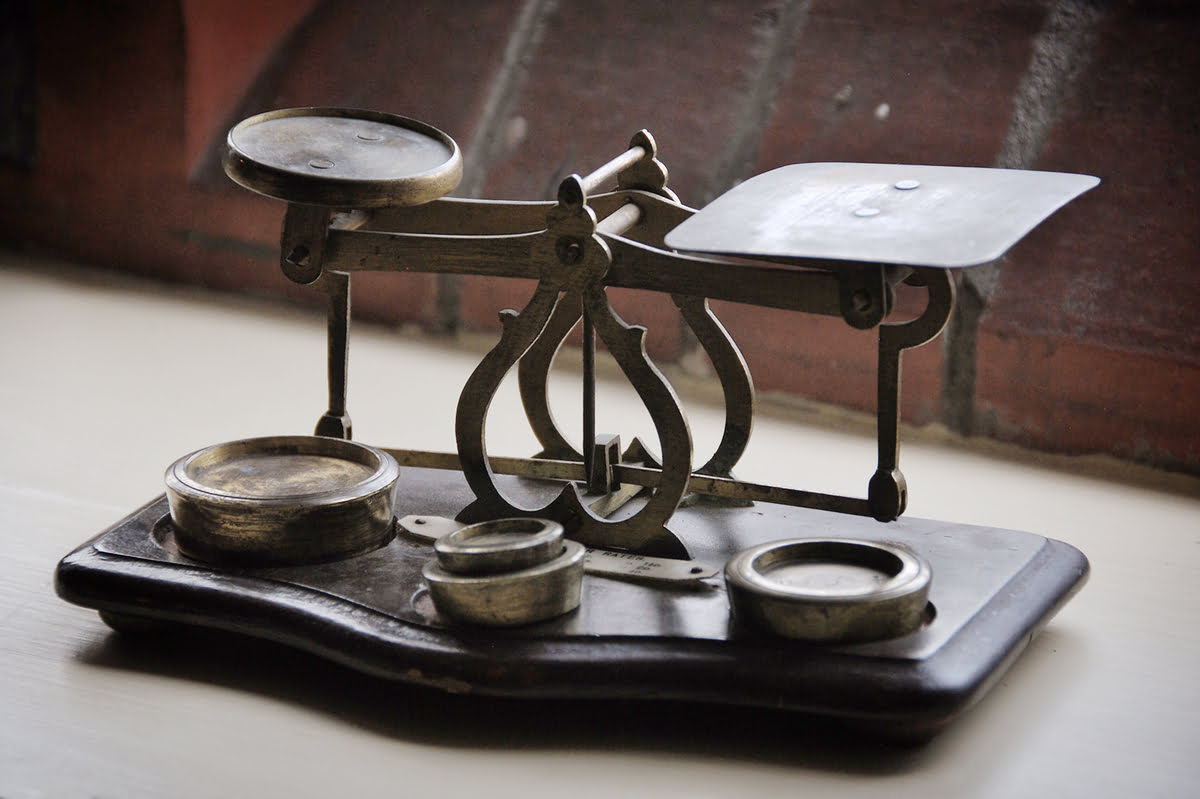

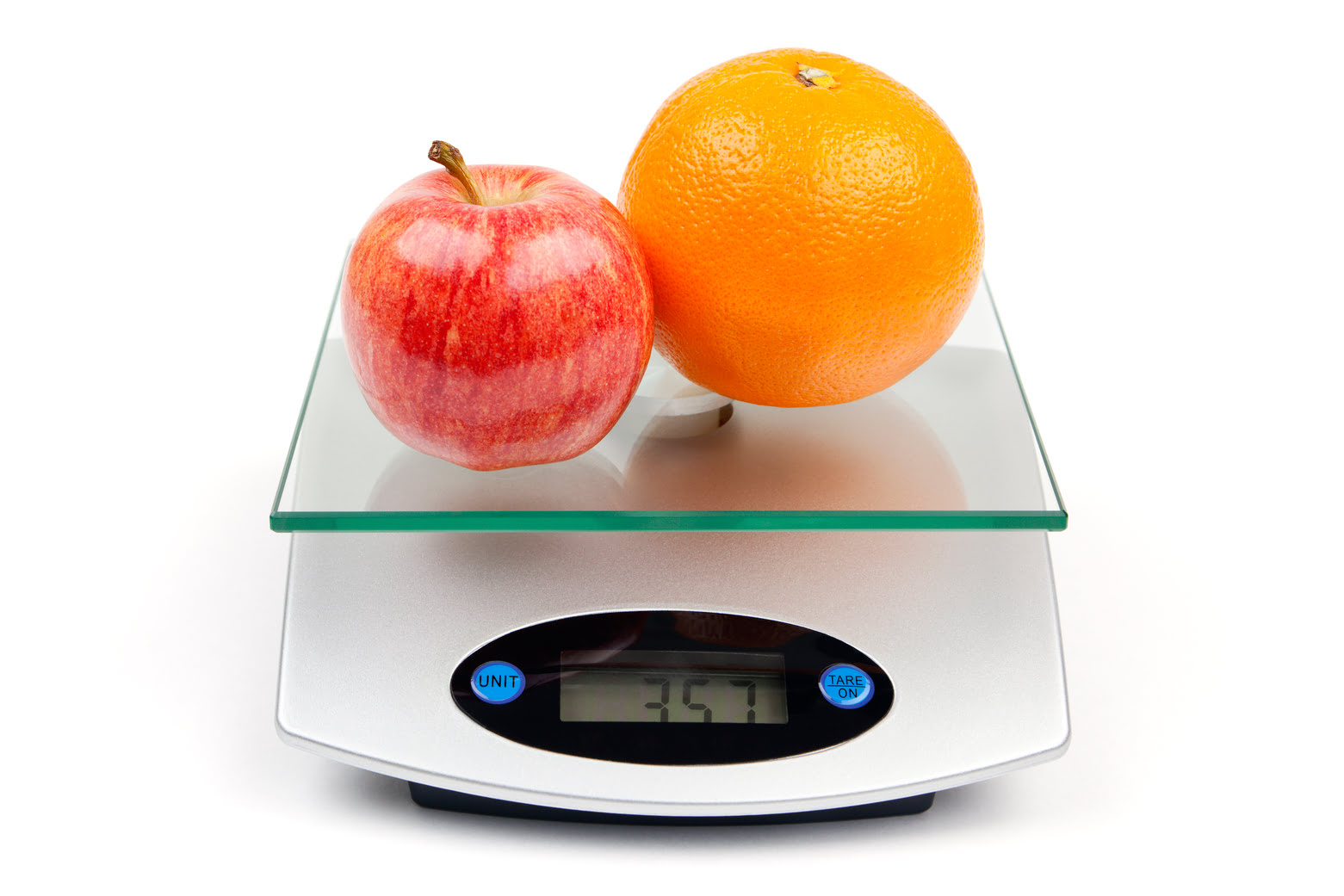
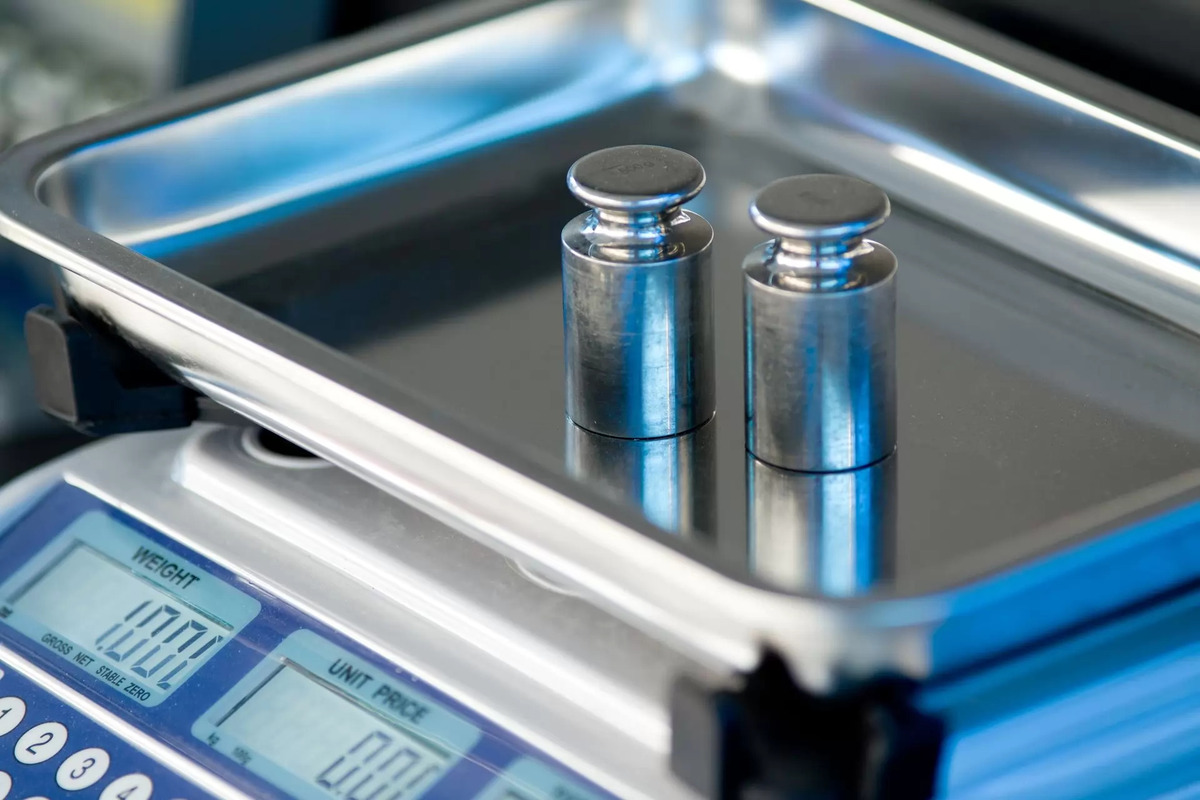

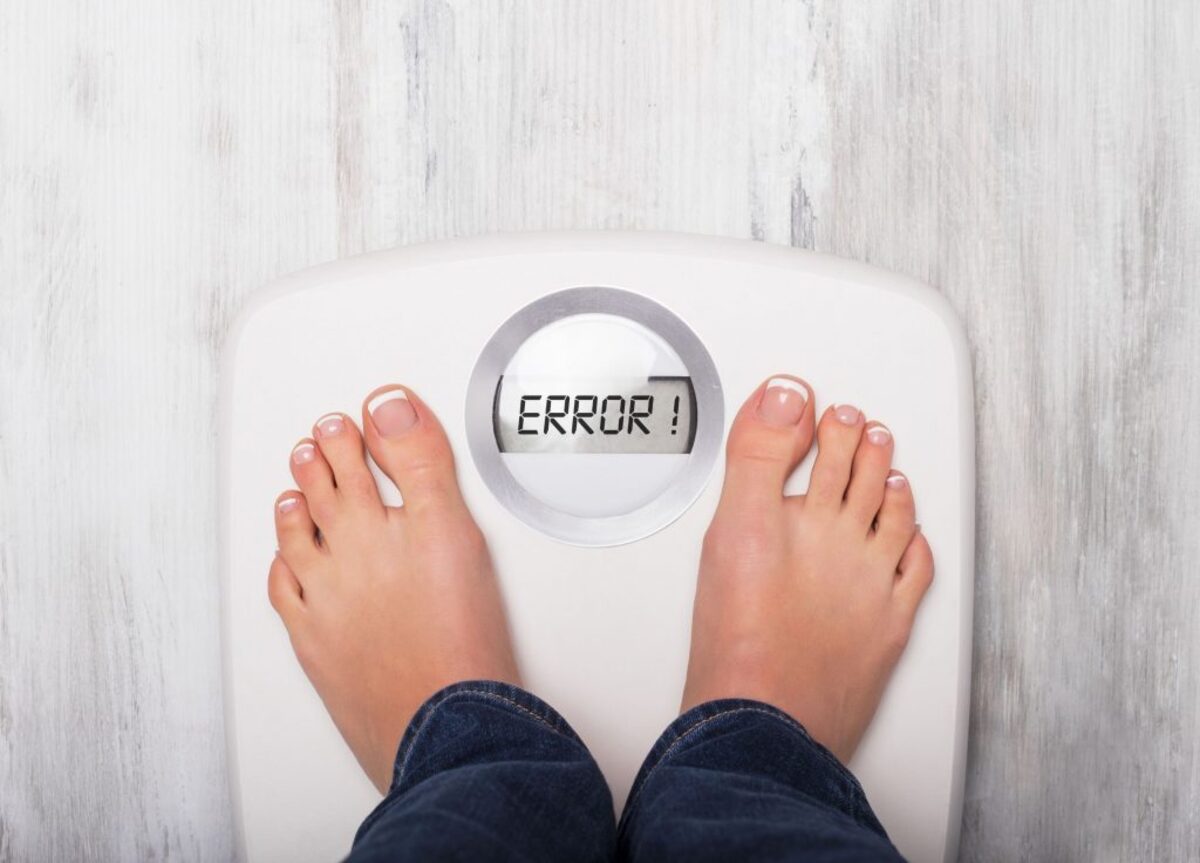
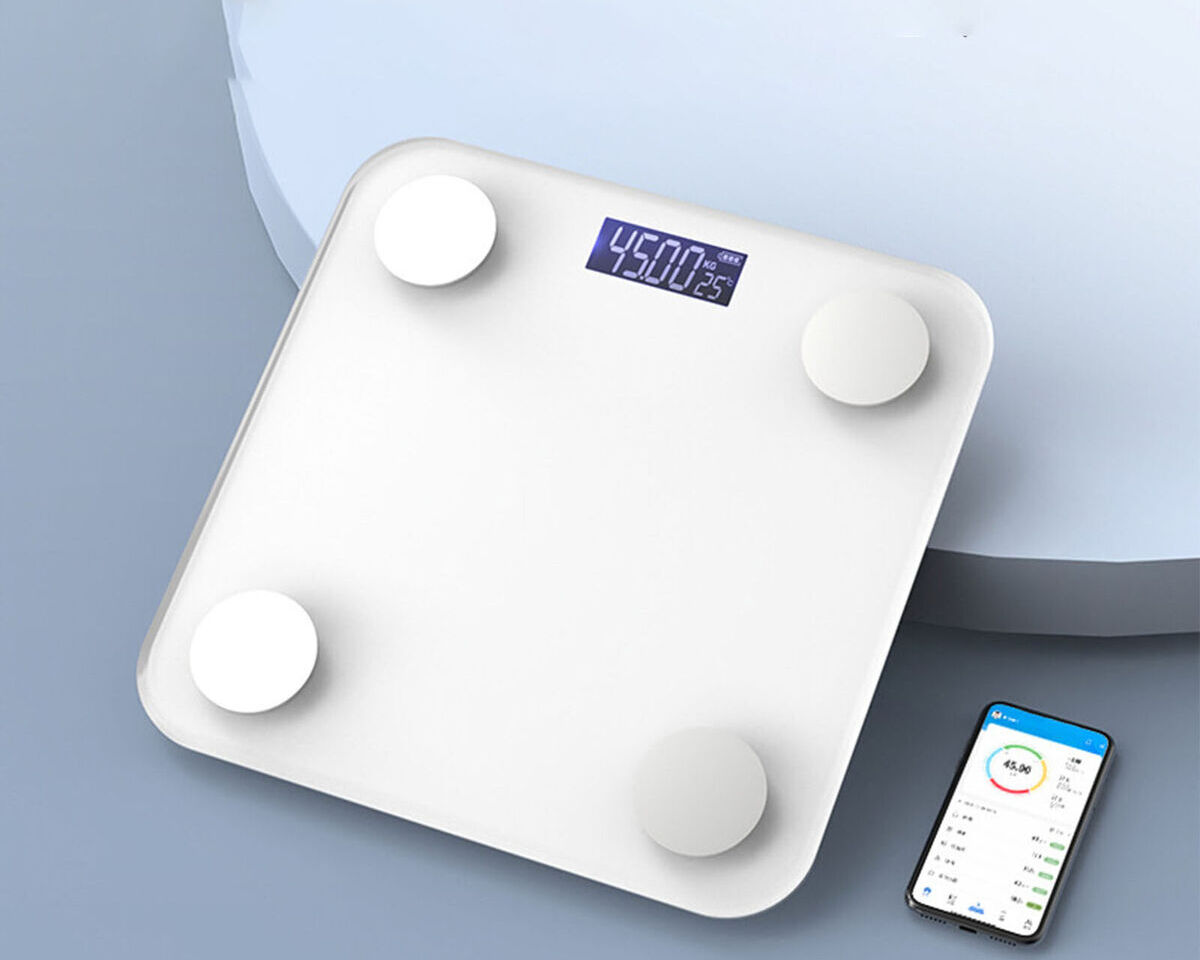
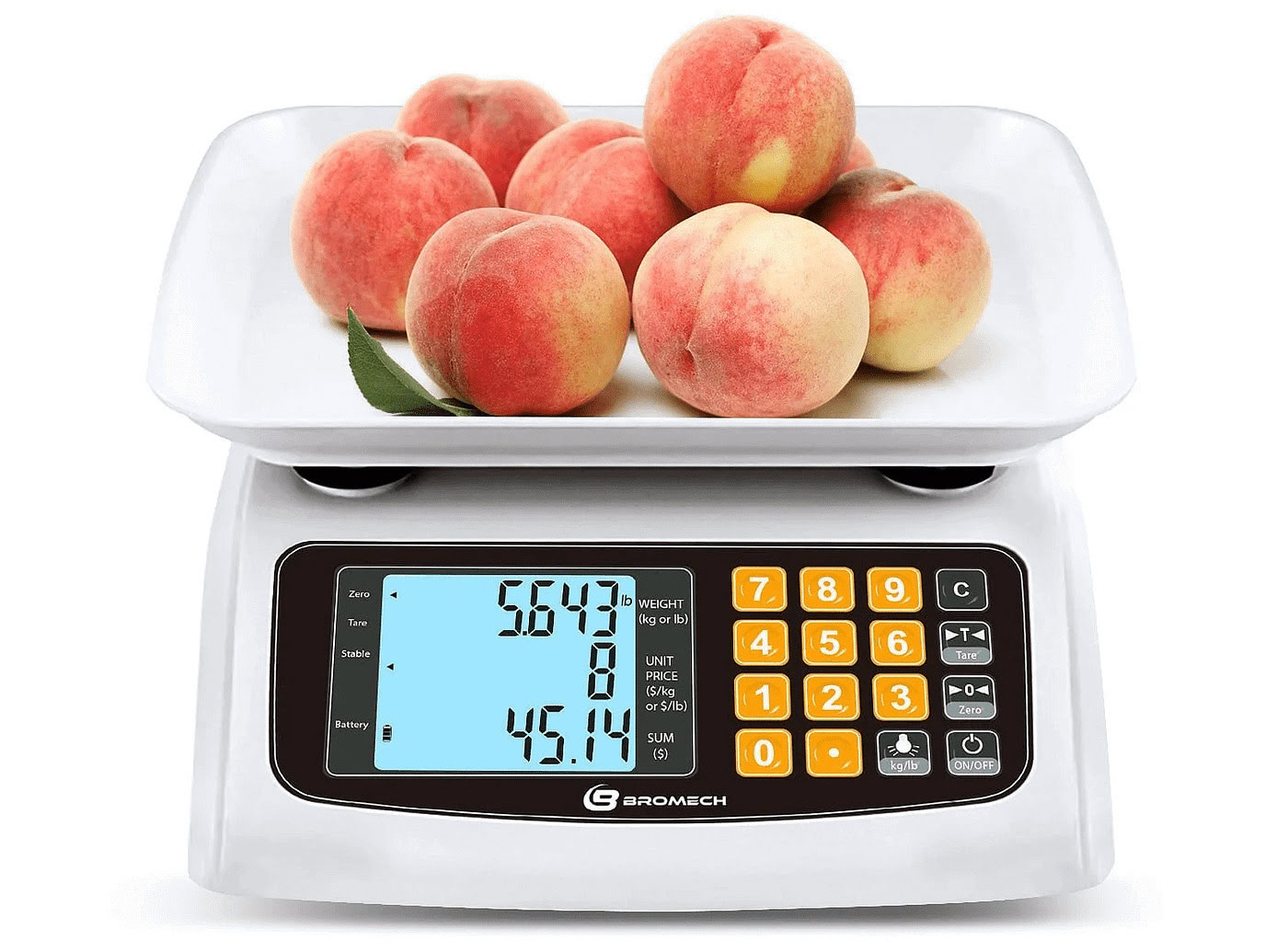
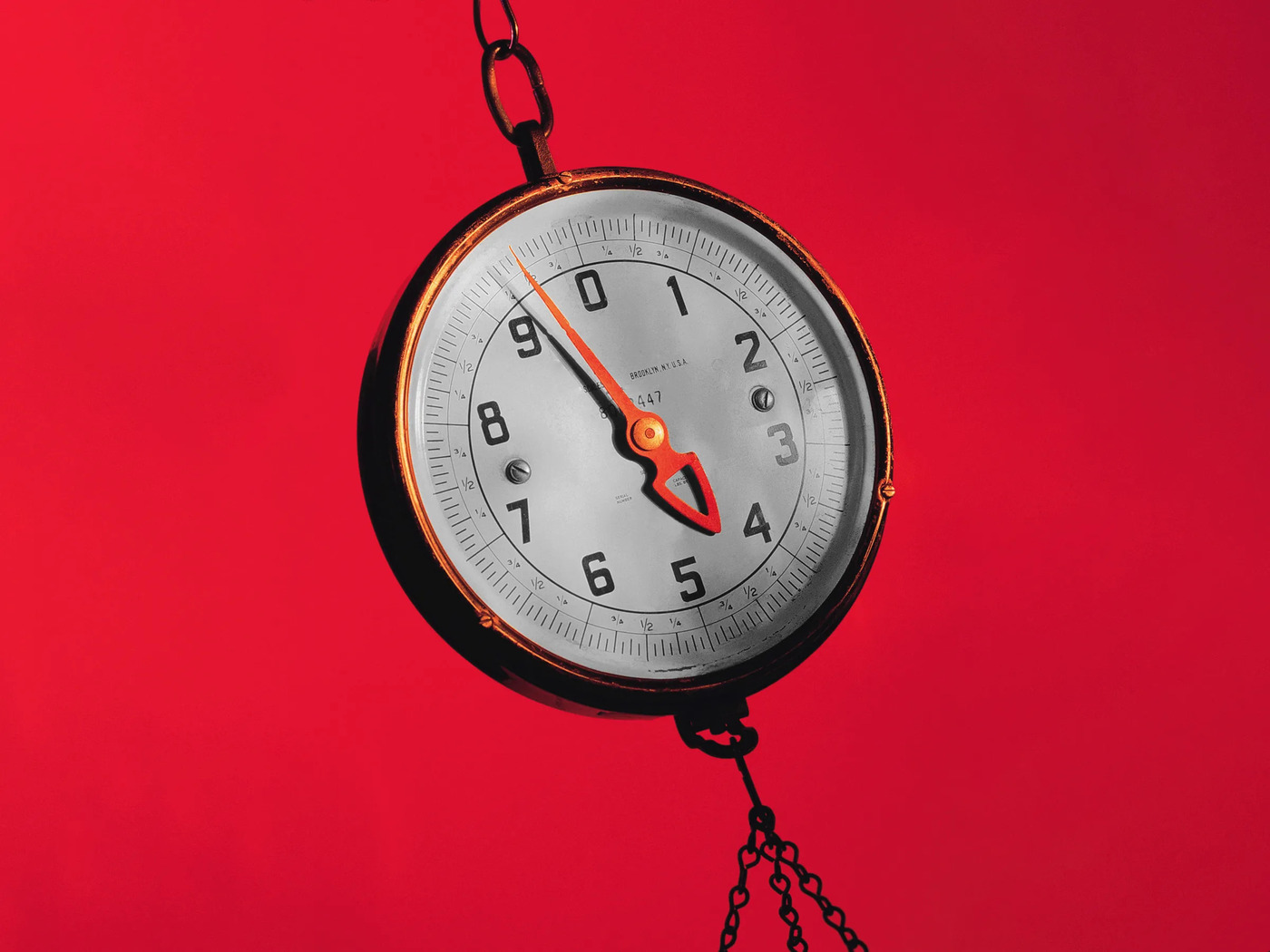
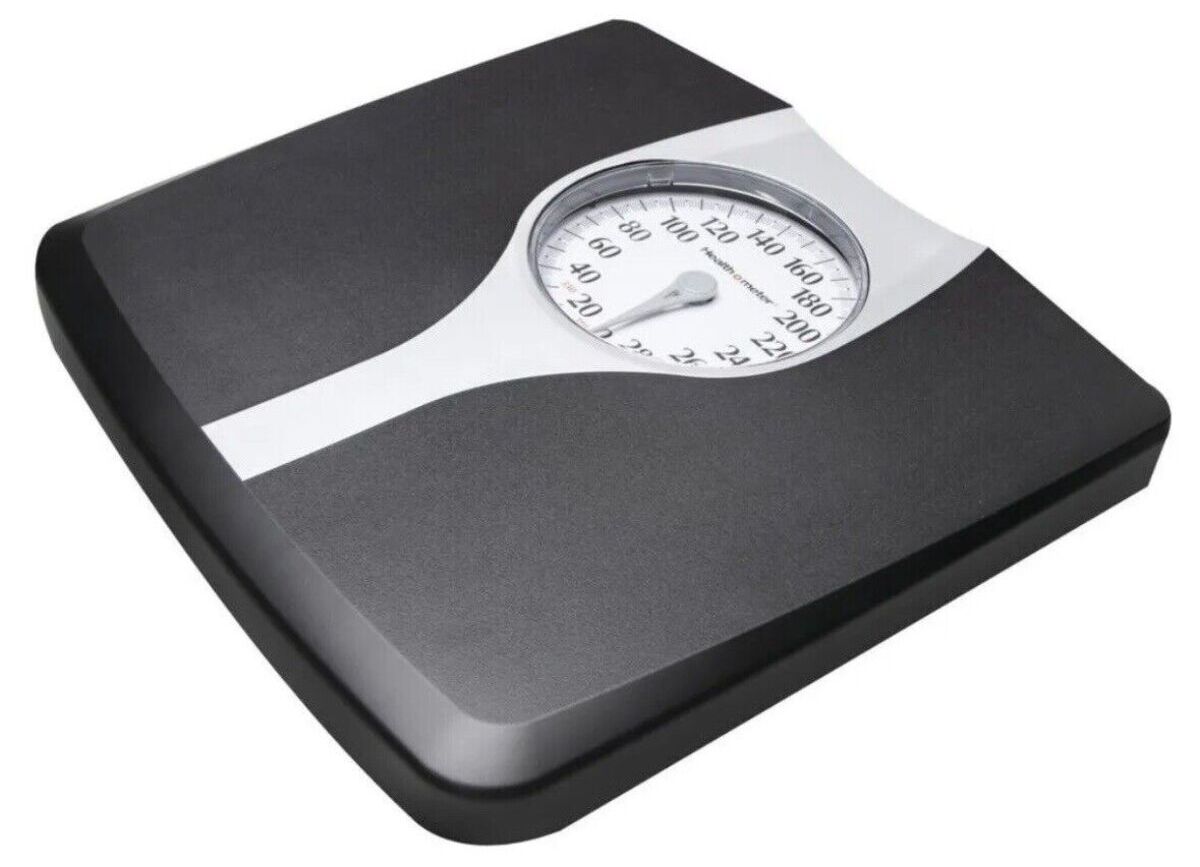

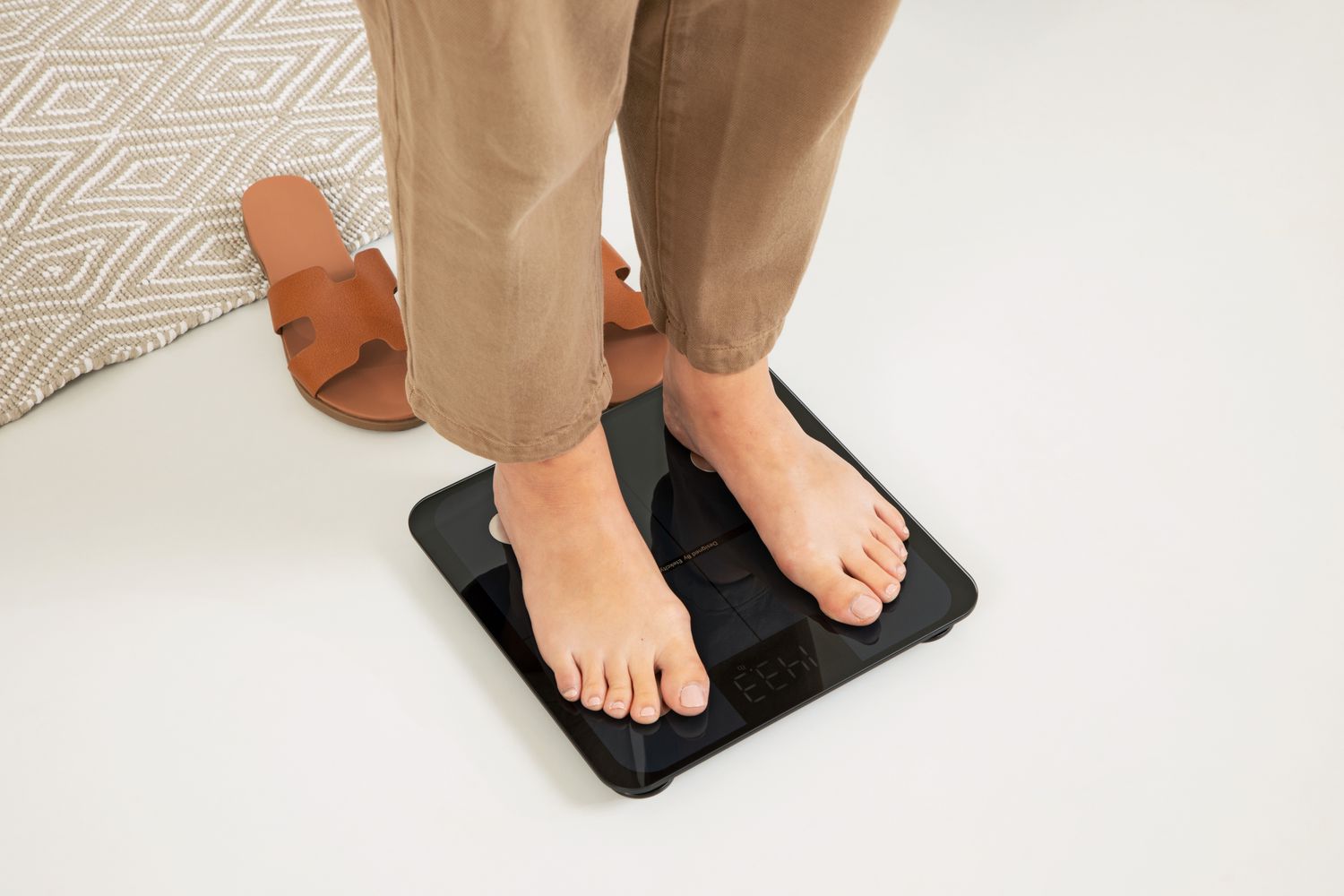



0 thoughts on “How To Use A Manual Weight Scale”